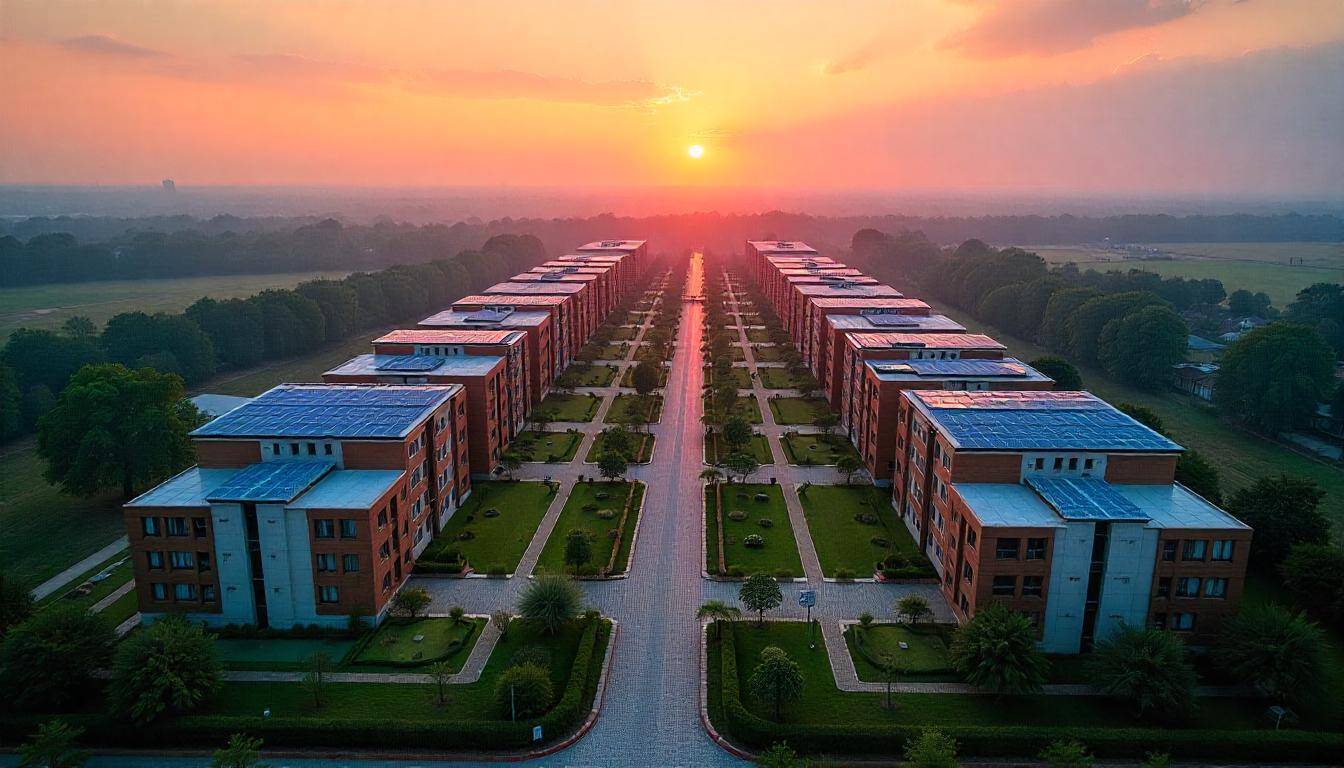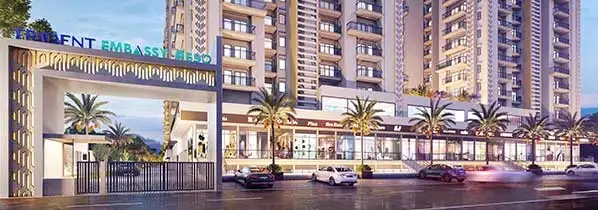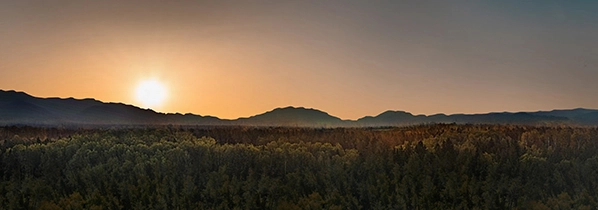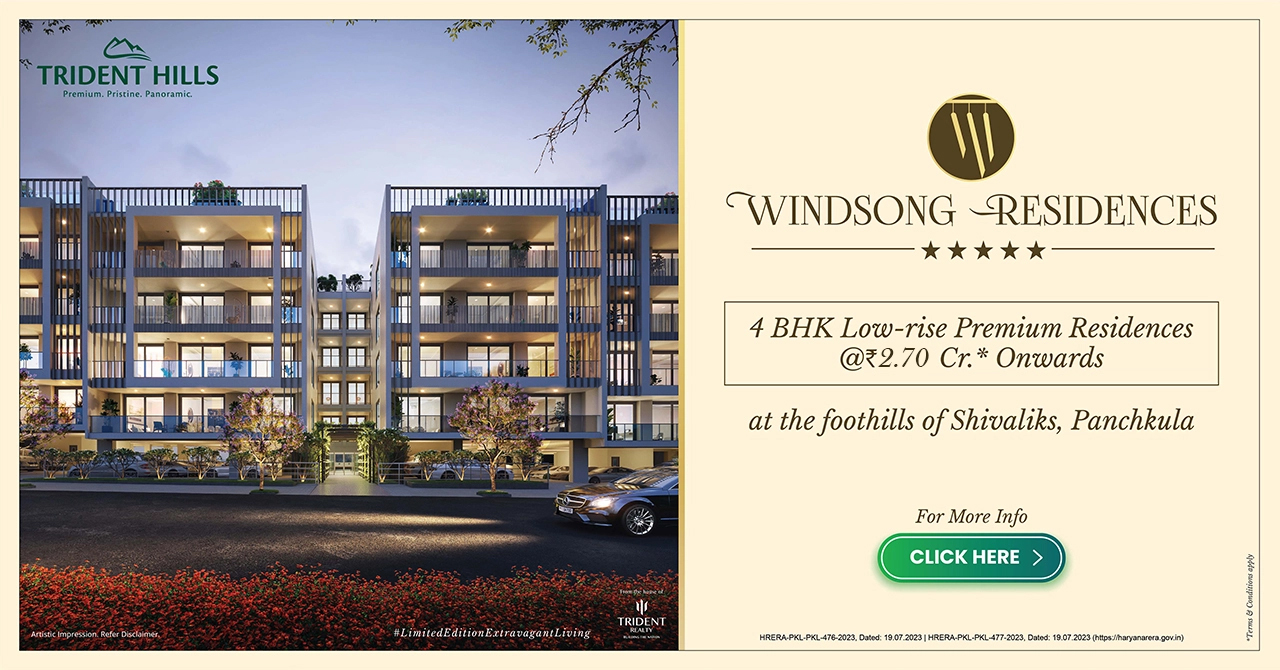
How Lifestyle-Driven Communities Are Redefining Residential Demand in India
A New Dawn for Homebuyers
In 2025, India’s real estate market is no longer just about square footage or prime locations. A profound shift is underway, driven by a growing desire for homes that nurture well-being, foster community, and align with deeper personal values. According to a 2024 JLL report, residential sales soared to an unprecedented 303,000 units across India’s top seven cities, with a significant portion driven by demand for lifestyle-oriented townships. Post-COVID, Indian homebuyers—especially high-net-worth individuals (HNIs), non-resident Indians (NRIs), and aspirational nuclear families—are redefining what “home” means. It’s no longer just a place to live; it’s a sanctuary for wellness, connection, and mindful living.
This blog explores how lifestyle-driven, wellness-integrated communities are reshaping residential demand in India, influencing urban planning, and creating long-term value for homeowners and investors alike.
The New Definition of Home
The pandemic has fundamentally altered how Indians perceive their living spaces. Lockdowns and remote work have exposed the limitations of conventional urban apartments—cramped, isolated, and disconnected from nature. A Knight Frank India report notes that 32% of homebuyers now prioritize projects with comprehensive lifestyle amenities, such as clubhouses, green spaces, and wellness facilities. The focus has shifted from transactional units to purpose-built homes that support hybrid lifestyles, blending work, leisure, and personal growth.
For many, a home is no longer just a physical structure but a holistic environment that promotes mental and physical well-being. Young professionals and families seek spaces that accommodate remote work, fitness routines, and social engagement without the need to step outside. This shift reflects a broader societal trend: the pursuit of balance in an increasingly fast-paced world.
Beyond Amenities: Wellness, Space, and Mindfulness
Gone are the days when a swimming pool or gym sufficed as a residential project’s selling point. Today’s homebuyers demand wellness-integrated features that cater to body, mind, and soul. Yoga zones, meditation gardens, reflexology paths, and energy-balanced spaces are becoming non-negotiables.
A 2023 ANAROCK report highlights growing interest in township-based developments, especially on the outskirts of tier-1 cities, driven by the appeal of integrated amenities and self-sufficient infrastructure. While tier-2 cities like Coimbatore, Kochi, and Indore are also witnessing increased developer activity, the report underscores the overall shift toward holistic, lifestyle-oriented housing formats.
Developers are responding by embedding wellness into the DNA of their projects. For instance, gated communities now feature walking trails lined with native trees, open-air pavilions for mindfulness practices, and even soundproofed rooms for meditation. A 2023 Lancet study correlates access to green spaces with 15% lower stress levels in urban India.
Designing Around Energy and Emotion
A fascinating trend in India’s real estate is the integration of spiritual principles into residential design. Concepts like Vastu Shastra and chakra-aligned layouts are gaining traction, particularly among HNIs and NRIs who value spaces that resonate with positive energy. While not explicitly marketed as such, many modern townships incorporate these principles subtly—through strategic zoning, orientation of homes to maximise natural light, and layouts that promote emotional harmony.
This focus on energy and emotion extends beyond tradition, reflecting a growing awareness of how environments influence well-being. For example, developers are creating “vibration-friendly” community spaces, such as courtyards designed to foster calmness or gathering areas that encourage social interaction. These designs align with global trends in biophilic and human-centric architecture, tailored to India’s cultural context.
Nature as the New Amenity
Biophilic design—integrating natural elements into built environments—is no longer a luxury but a necessity. Homebuyers are drawn to projects with lush green spaces, vertical gardens, and biodiversity zones. A UN-Habitat study underscores that access to green spaces can reduce stress levels by up to 20% and improve overall life satisfaction. In India, more and more homes are being built around nature. These places have organic farms, tree-lined streets, and water features that help keep the area cool and peaceful.
For example, plotted communities are becoming popular on the outskirts of cities like Bengaluru, Hyderabad, and Delhi-NCR. Instead of tall buildings, these areas offer more open space, letting people stay closer to nature. With community gardens, parks for pets, and wide green spaces, these neighbourhoods support a healthy lifestyle and help people feel more connected to each other.
Community-First Living
The modern Indian homebuyer is no longer looking for isolation behind four walls. Instead, there's a strong shift toward community-first living. Research shows that being part of a community provides real mental health benefits. Studies have found that social connections reduce isolation and anxiety, helping people feel happier and more secure. Community gardens, for instance, not only promote healthier eating but also foster social interaction and reduce stress.
This shift is particularly evident in senior living communities, which are redefining retirement in India. According to government projections and industry insights, India’s senior population is expected to surpass 190 million by 2030. In response, developers are increasingly focusing on senior-friendly townships that integrate healthcare centres, barrier-free design, and vibrant social hubs. These communities prioritise emotional and mental well-being, offering features such as meditation zones, libraries, and landscaped parks that encourage social connection and lifelong learning.
Who’s Driving the Demand?
The demand for lifestyle-driven communities spans diverse demographics. HNIs and NRIs, with their global exposure, seek homes that rival international standards—think wellness retreats with the comforts of urban living. Remote workers, empowered by flexible work arrangements, prioritise homes with co-working spaces, high-speed connectivity, and recreational areas. Nuclear families, meanwhile, are drawn to secure, self-sufficient environments that minimise reliance on external amenities.
Senior citizens are also a key driver. A JLL-ASLI report projects India’s senior living market to grow by 300% by 2030, reaching USD 7.7 billion. Younger seniors, particularly those in their mid-50s, are opting for independent living communities that offer active lifestyles, healthcare access, and social engagement. This demographic shift is pushing developers to rethink traditional housing models.
Data & Demand: Why Developers Are Pivoting
The numbers tell a compelling story. A 2024 ANAROCK report notes that cities like Delhi-NCR, Hyderabad, Bengaluru, and Pune are witnessing exponential growth in lifestyle-driven projects, driven by urbanisation and infrastructure development. Wellness-focused projects in Hyderabad’s Gachibowli and Kokapet saw 10% price premiums (Knight Frank, 2024). Meanwhile, JLL highlights that properties with comprehensive lifestyle amenities command a 15% price premium over conventional projects.
Developers are pivoting to meet this demand, recognising that wellness and community-focused designs are not just trends but long-term value drivers. Townships on the outskirts of urban centres are particularly popular, offering larger plots, lower density, and access to nature—all at a lower cost than city-centre apartments. This shift aligns with government initiatives like the Smart Cities Mission, which encourages sustainable urban planning.
India’s Townships of the Future
The township model is evolving into a blueprint for India’s residential future. Leading developers are embedding wellness and lifestyle elements into their projects, creating self-contained ecosystems that cater to diverse needs. For instance, some townships now feature organic markets, solar-powered amenities, and rainwater harvesting systems, reflecting a commitment to sustainability. A JLL sustainability report indicates that such eco-friendly features can boost property values by up to 10%.
These developments are not just about luxury; they’re about creating meaningful, sustainable lifestyles. Subtle examples include plotted communities that balance urban conveniences with rural serenity, offering residents the best of both worlds. Such projects are gaining traction in Tier-2 cities, where land availability and lower costs make large-scale townships a viable option.
Investment Perspective
Lifestyle-driven communities are proving to be smart investments. Properties with wellness and community amenities not only command premium prices but also ensure long-term value appreciation. According to Knight Frank India, apartments in projects with well-equipped clubhouses see a 20% higher resident satisfaction rate, translating to better resale and rental potential. For investors, these developments offer stability in a volatile market, as demand for high-end, purpose-built homes remains robust.
NRIs, in particular, are investing heavily in such projects, drawn by the promise of high returns and the ability to use these homes as vacation or retirement retreats. The focus on sustainability and wellness also aligns with global investment trends, making these properties attractive to international buyers.
Developers Responding to the Shift
Major players in the Indian real estate space are taking note. Integrated townships are no longer just plotted developments with a few common amenities. They are becoming ecosystems of wellness and lifestyle, offering curated experiences ranging from spirituality to recreation.
As per ANAROCK’s Residential Market Update 2024,42% of large-scale township launches (>50 acres) included wellness features. This is not just a design choice, but a strategic response to market demand.
Conclusion: A Return to Purposeful Living
India’s real estate market is changing. Luxury is no longer just about fancy interiors; it’s about peace of mind, well-being, and connection. Homebuyers now look for spaces that support a healthier and more balanced lifestyle.
With nature-inspired design, shared spaces, and a focus on community, modern townships offer more than just a home; they offer a better way to live.
If you're looking for an integrated township that’s both luxurious and centred on well-being, check out Trident Hills.









